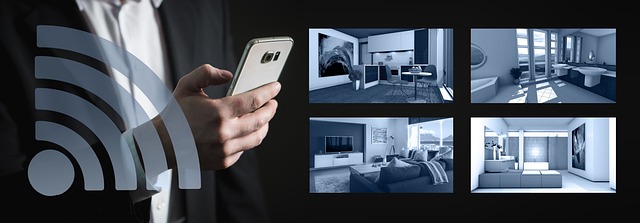Upgrading your security camera system allows you to use modern technology to enhance the functionality of your security system. When planning a security camera installation, incorporate features like face recognition and remote access for increased control. An upgraded system can improve reliability and convenience, enabling you to monitor and manage your home’s safety with a few taps on your smartphone. Here are six ways to upgrade your security camera system:
1. Motion Detection and Alerts
Advanced motion sensors can distinguish between a stray animal in the yard and an uninvited guest. They let you customize the sensitivity settings, enabling you to tailor the motion detection to ignore routine movements and focus on those that signify suspicious activity. The sensors also provide real-time notifications where you receive alerts if any suspicious activity is detected.
2. Face Recognition
Including face recognition technology in your security cameras installation helps the system distinguish between known residents and strangers. With this upgrade, your smart security system can send notifications to alert you when unknown individuals are detected. It can also create a database where authorized faces are recognized and passed, while the appearance of an unknown individual prompts a closer review. This may reduce unnecessary alerts from expected visitors without compromising on vigilance.
3. Geo-fencing
Geo-fencing can offer automation of your security system through automatic arming and disarming of your security systems within a predefined perimeter. This balances security with convenience by simplifying your manual arming and disarming routine. It has user-specific settings where you can customize settings for each family member. This allows a tailored approach that aligns with individual routines. Geo-fencing has smart alerts where you get custom notifications based on your proximity to your home. It can also offer energy efficiency by connecting to other smart home devices to reduce energy usage when you’re away.
4. Cloud Storage and Remote Access
Cloud storage can reduce the bulky and complex hardware required for security data storage. Your security footage is safely stored in the cloud and accessible for review whenever necessary. Remote access using a smartphone application gives you more control, letting you check on your home from any location. It also allows you to arm or disarm your system for expected guests or package deliveries, even if you’re at work or running an errand.
5. LTE Connection
Long-term evolution (LTE) connectivity promotes reliable and high-speed wireless communication standards. Integrating LTE technology into your security camera system allows you to establish a consistent and secure connection that doesn’t solely rely on your home network. It provides resilient connectivity, keeping your cameras online even when your home internet is down. It also offers more flexible placement of cameras without worrying about signal strength relative to your router.
6. Integration With Smart Home Systems
Integrating security cameras with your smart home system can give you greater control of your home, regardless of your location. It allows you to adjust or automate your cameras, lights, and thermostats using a single device. If a security camera detects motion, it can trigger smart lights to turn on or activate video recording. This feature lets you personalize your home monitoring system and coordinate it with each smart device on your property.
Schedule a Security Cameras Installation Today
Upgrade your security system by consulting with a professional security system installer. From cloud storage to smart home system integration, these professionals have the technology available to improve your home’s security and increase convenience. Schedule a consultation to learn how you can fortify your home security.







